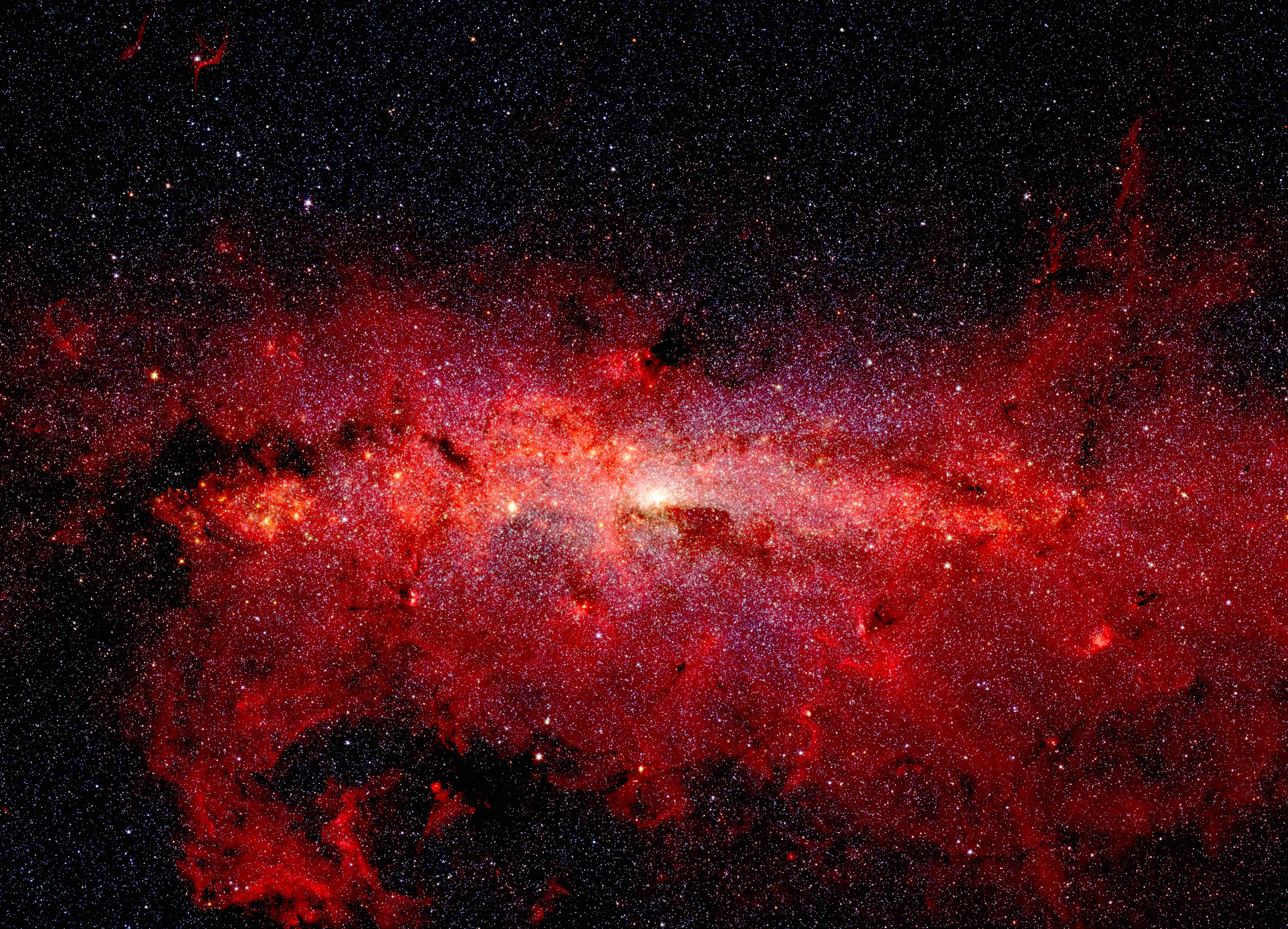Launching the SpIRIT satellite

Australian researchers describe their plans to build the SpIRIT satellite – launching by 2022 – that’s helping to develop cutting-edge space capabilities in Australia
Published 22 July 2020
“If you think about the history of humanity, exploring new frontiers has always been a key driver of our pursuit for knowledge and I think it reflects intrinsic curiosity of us as a species,” says Associate Professor Michele Trenti from the University of Melbourne’s School of Physics.
“Space today is the ultimate frontier for exploration... looking up at the night sky seeing stars, planets and wondering what is our place in the cosmos.
“That’s the part that took me towards being today at the University of Melbourne studying the universe and how we can build small satellites to help us with that.”
Professor Trenti is the lead investigator of the Space Industry Responsive Intelligent Thermal satellite or SpIRIT satellite – a joint project between the Australian Space Agency, Australian space industry companies and the Italian Space Agency.
Dr Airlie Chapman is a senior lecturer in mechatronics from the Melbourne School of Engineering at the University of Melbourne and co-investigator on the project.
“Australia has actually had quite a long, rich history in space exploration and been part of the space economy, says Dr Chapman.
“It actually began probably in about the 1950s and 60s when Australian experts were involved in tracking the Apollo spacecrafts. Few people know this, but in 1967 Australia became the third nation to design and launch a satellite into orbit, and it was actually launched from Woomera,” she says.
“It’s very exciting to be part of this first call for proposals by the Australian Space Agency,” adds Associate Professor Trenti.
“We have been awarded about $A4 million to design, build and launch in orbit a small satellite the size of a shoe box, about 10 kilos.
“We want to demonstrate that SpIRIT will have advanced onboard computing capabilities to take decision autonomously and achieve real-time communications with the ground in both directions. For example, if our X-ray detector onboard SpIRIT spots a star dying with a massive cosmic explosion called gamma-ray burst in a faraway galaxy.”
Dr Chapman adds: “I see this being a really exciting environment that we can keep on building our abilities as a nation and collaborate with other nations, as well as training future engineers and scientists to continue to build this field.”
Episode recorded: June 30, 2020.
Interviewer: Dr Andi Horvath.
Producer, audio engineer and editor: Chris Hatzis.
Co-production: Silvi Vann-Wall and Dr Andi Horvath.
Banner image: NASA
Subscribe to Eavesdrop on Experts through iTunes.


